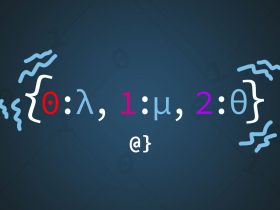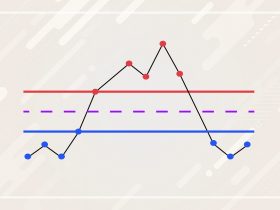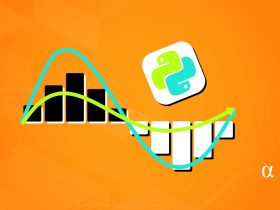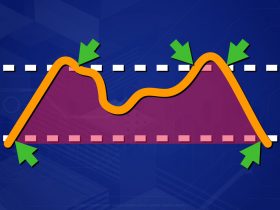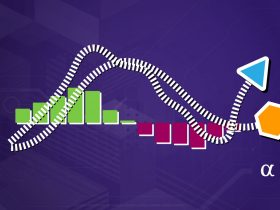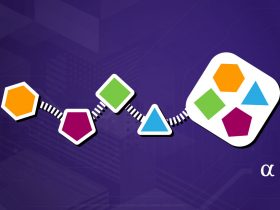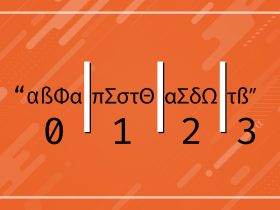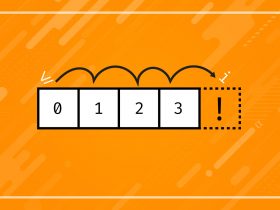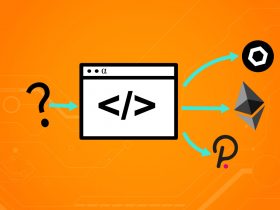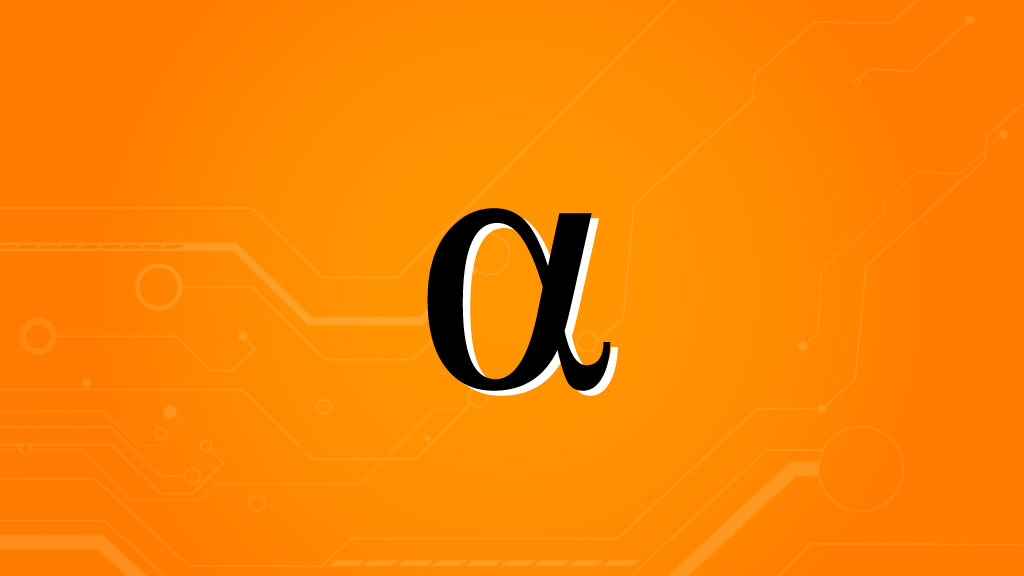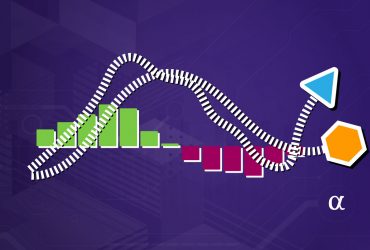Determinate software is characterized by the acceptance of inputs, processing of data, and output in a predictable order. The processing of data is completed without interruption from internal or external processes. Given the same inputs, determinate applications will process and return the same outputs in the same order.
This type of software differs from indeterminate applications where inputs may be processed in varying orders, processing algorithms may be interrupted, and output data may vary based on many environmental factors.
Examples of determinate software include generated reports from programs like Microsoft Excel, many filter functions in image-editing software like Photoshop, and media players such as VLC. These programs, or at least specific functions therein, accept an input, perform operations, and result in the same output.
For example, using a simple black-and-white filter in an image editing program will always produce the same output—when the same image and same settings are used. Another example: your computer speakers will always output the same signal when the play button is pressed to load the same song.
Note: There are circumstances in which normally determinate outcomes could become indeterminate given unforeseen environmental changes. For example, someone overwriting the contents of an MP3 file, an update to a filter in an image-editing program, or a bug in a program.




